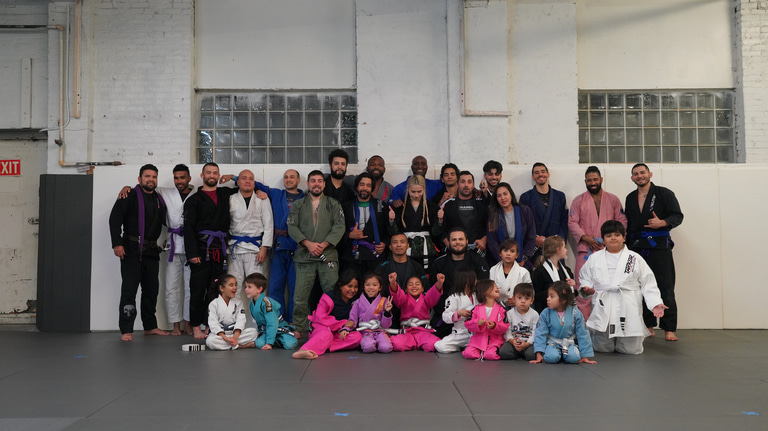Navigating the Mats: A Guide to Dealing with Injuries in Brazilian Jiu-Jitsu
This blog post provides practical advice for Brazilian Jiu-Jitsu enthusiasts on dealing with injuries. It emphasizes the importance of listening to your body, communicating with your coach, seeking professional advice, and adopting preventive measures. The post aims to empower readers with the knowledge to navigate injuries effectively, fostering a healthier and more enjoyable BJJ experience.
Jonathan Mendez
1/17/20242 min read


Introduction:
Welcome, fellow BJJ enthusiasts! We all know that Brazilian Jiu-Jitsu is an incredible martial art that not only challenges us physically but also teaches us valuable life skills. However, injuries are an inevitable part of any sport, and in this blog post, we'll explore practical tips and advice on dealing with injuries in the world of BJJ.
Understanding Injuries in BJJ:
Injuries happen to the best of us, and it's crucial to understand that they're a natural part of any physically demanding activity. Whether it's a sprained wrist, a tweaked knee, or a bruised ego, taking the right steps to deal with injuries can make a significant difference in your recovery.
Listen to Your Body:
One of the most important lessons in BJJ is learning to listen to your body. If something doesn't feel right, it's okay to tap out and communicate with your training partner. Pushing through pain can often lead to more severe injuries, so be mindful of your body's signals.
Communicate with Your Coach:
Your coach is there to guide you not only in your technique but also in your overall well-being. If you're dealing with an injury or discomfort, don't hesitate to communicate with your coach. They can provide modifications, or tips on training while injured. It’s likely they have experienced similar injuries in the past.
Seek Professional Advice:
While BJJ is a fantastic sport, it's essential to recognize when you need professional medical advice. If an injury persists or worsens, consult with a healthcare professional who understands the demands of martial arts. They can provide a proper diagnosis and recommend a suitable treatment plan.
Rehabilitation and Patience:
Recovering from an injury takes time, and it's crucial to be patient with the process. Follow your healthcare professional's recommendations, engage in proper rehabilitation exercises, and gradually ease back into training. Rushing the recovery can lead to setbacks, so take it one step at a time.
Preventing Future Injuries:
As the saying goes, prevention is the best medicine. Incorporate warm-up exercises and for you purple belts don’t skip the warm up! Adding strength training into your BJJ regimen to minimize the risk of injuries. Being proactive in your approach can contribute to a long and healthy journey on the mats.
Conclusion:
Dealing with injuries in BJJ is a shared experience among practitioners. By understanding your body, communicating effectively, seeking professional advice, and adopting preventive measures, you can navigate the challenges of injuries and continue enjoying the art of Brazilian Jiu-Jitsu. Remember, your well-being is paramount, and a mindful approach to training will contribute to a more rewarding and enduring BJJ journey.
